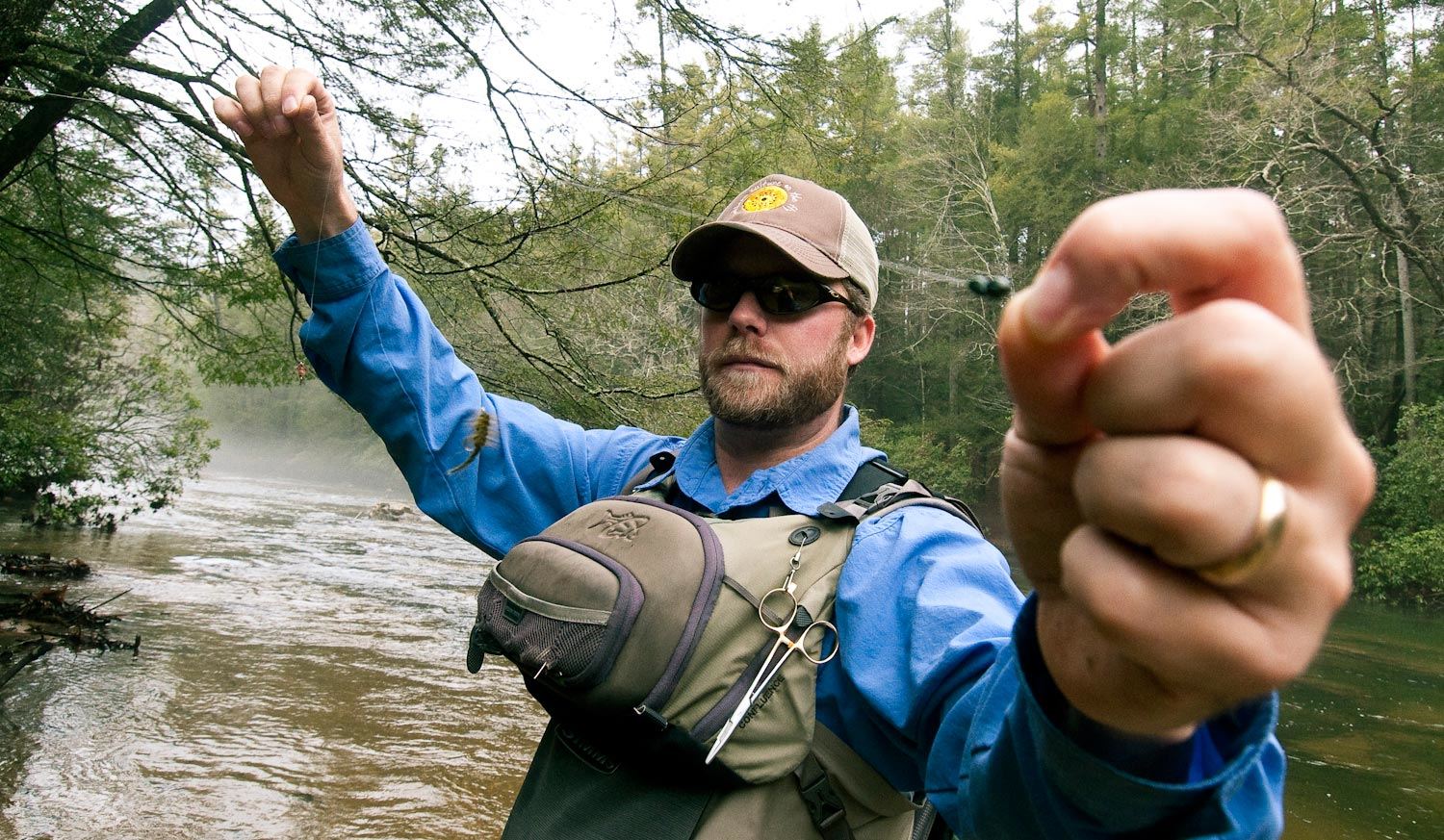Using split shot for fly fishing is a valuable technique for getting your fly to the right depth where fish are feeding. Here are some key tips on how to use split shot effectively:
Types of Split Shot
Split shot weights come in various sizes, typically ranging from small BB-sized to larger weights. The size you choose depends on the water depth, current speed, and the type of fly you are using.
Placement on the Leader
Place the split shot on your leader, usually about 12-18 inches above your fly. This placement allows the fly to drift naturally while ensuring it reaches the desired depth. If you’re using multiple split shots, it’s beneficial to space them out slightly to avoid tangling and to achieve a more natural drift.

Adjusting Weight
One of the advantages of using split shot is the ease of adjusting the weight. You can quickly add or remove split shots to adapt to changing water conditions. For instance, if you notice your fly isn’t reaching the bottom, add an extra split shot. Conversely, if it’s getting snagged frequently, remove some weight.
Ensuring Secure Placement
To prevent the split shot from sliding down the leader, place it above a knot or tie a small overhand knot where you want the split shot to stay. This technique keeps the weight in place during casting and drifting.
Using Weighted Flies in Combination
For added effectiveness, consider using weighted flies along with split shot. This combination ensures your fly gets down quickly and stays at the right depth. Weighted flies like the Pheasant Tail nymph or bead head patterns are excellent choices.

Practical Application
In fast-moving water or deeper pools, using split shot can be particularly useful. It helps your fly sink quickly and stay in the strike zone longer. For example, in meadow waters with smaller aquatic life forms, a tiny fly might need the assistance of split shot to reach the fish.
Images: ginkandgasoline





